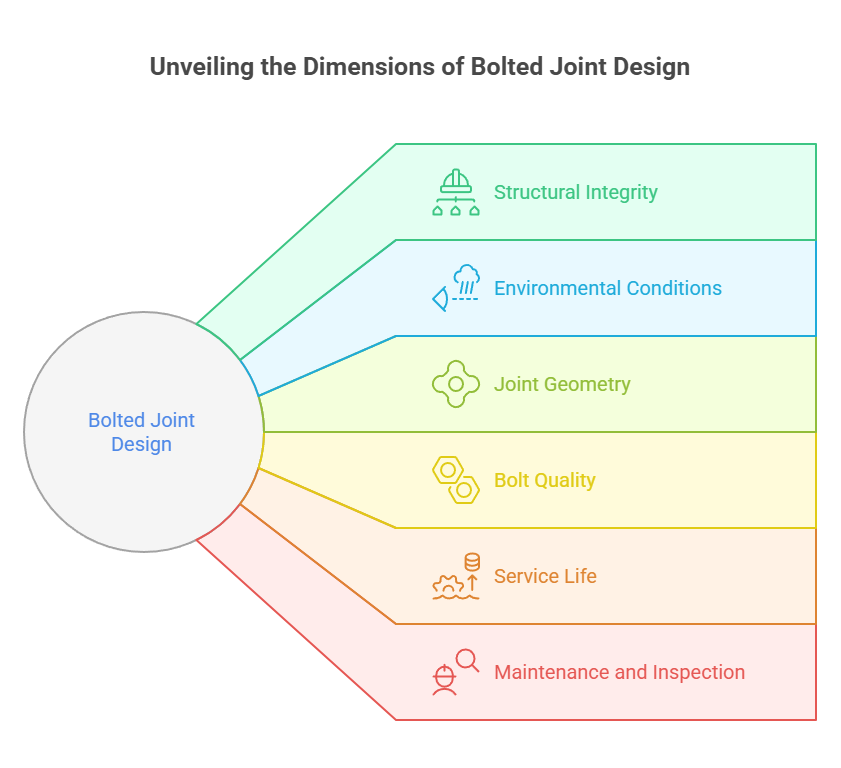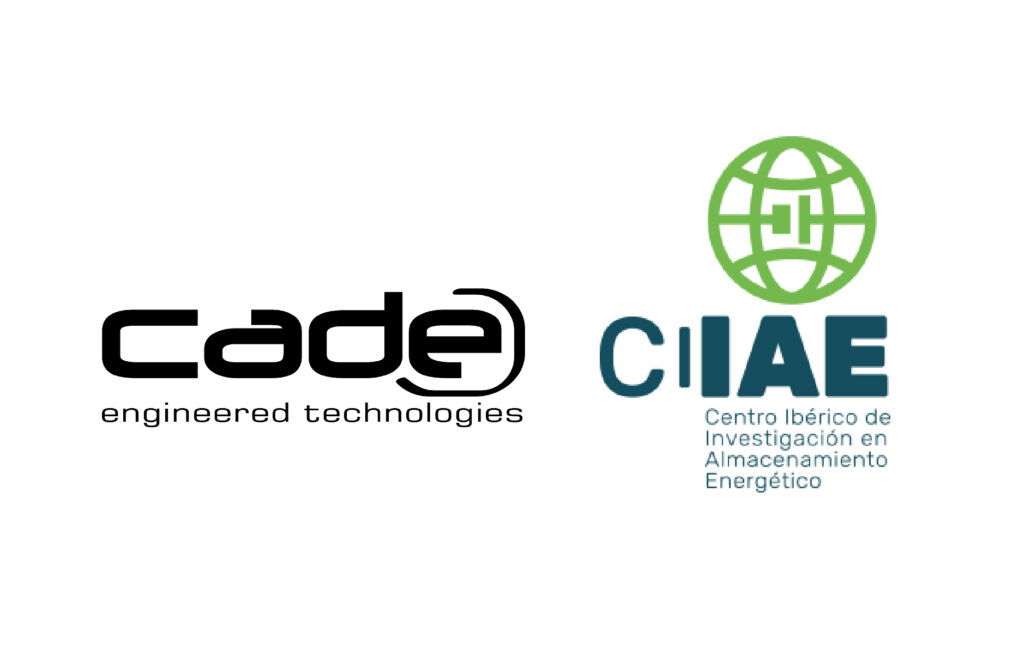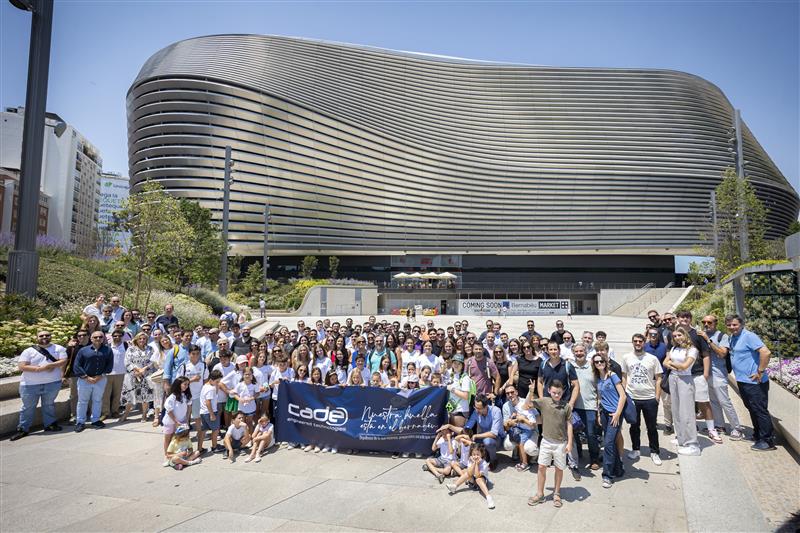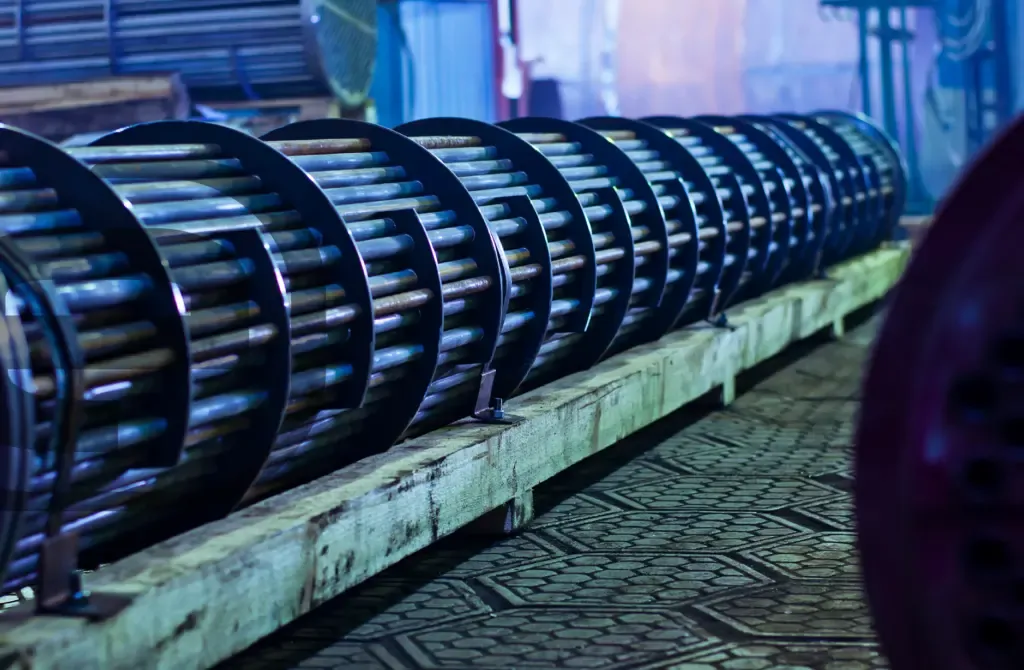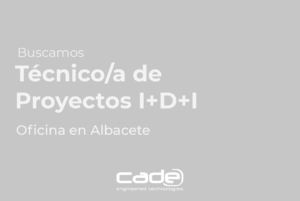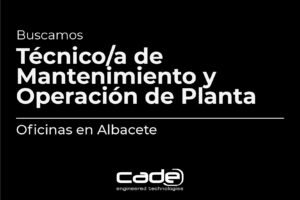In the field of structural engineering — particularly in photovoltaic applications — the design and calculation of bolted joints in solar structures is a critical aspect that cannot be overlooked. It is essential to ensure structural integrity and stability under normal operating conditions, as well as occasional or even accidental situations.
Photovoltaic structures are exposed to harsh environmental conditions, such as strong wind gusts, heavy rainfall, or extreme temperature changes. These conditions may lead to overloads that could cause joint failure if the connection has not been properly designed — a scenario that could have catastrophic consequences from both a safety and economic standpoint.
Key factors in the design of these joints include the geometry of the joint itself (arrangement, number, and size of bolts) and the quality of the bolts used. Ensuring proper design of bolted joints in solar structures significantly impacts the service life of the structure by optimizing both its structural response and its maintenance and inspection plans.
At CADE, we are fully aware of the importance of correct bolted joint design. Thanks to our experience and expertise with standards such as Eurocode, AISC, and others, we have developed powerful tools which, combined with numerical simulation models, enable precise and efficient design of this type of connection. This guarantees both the integrity and durability of the joints under various load scenarios they may be subjected to.
